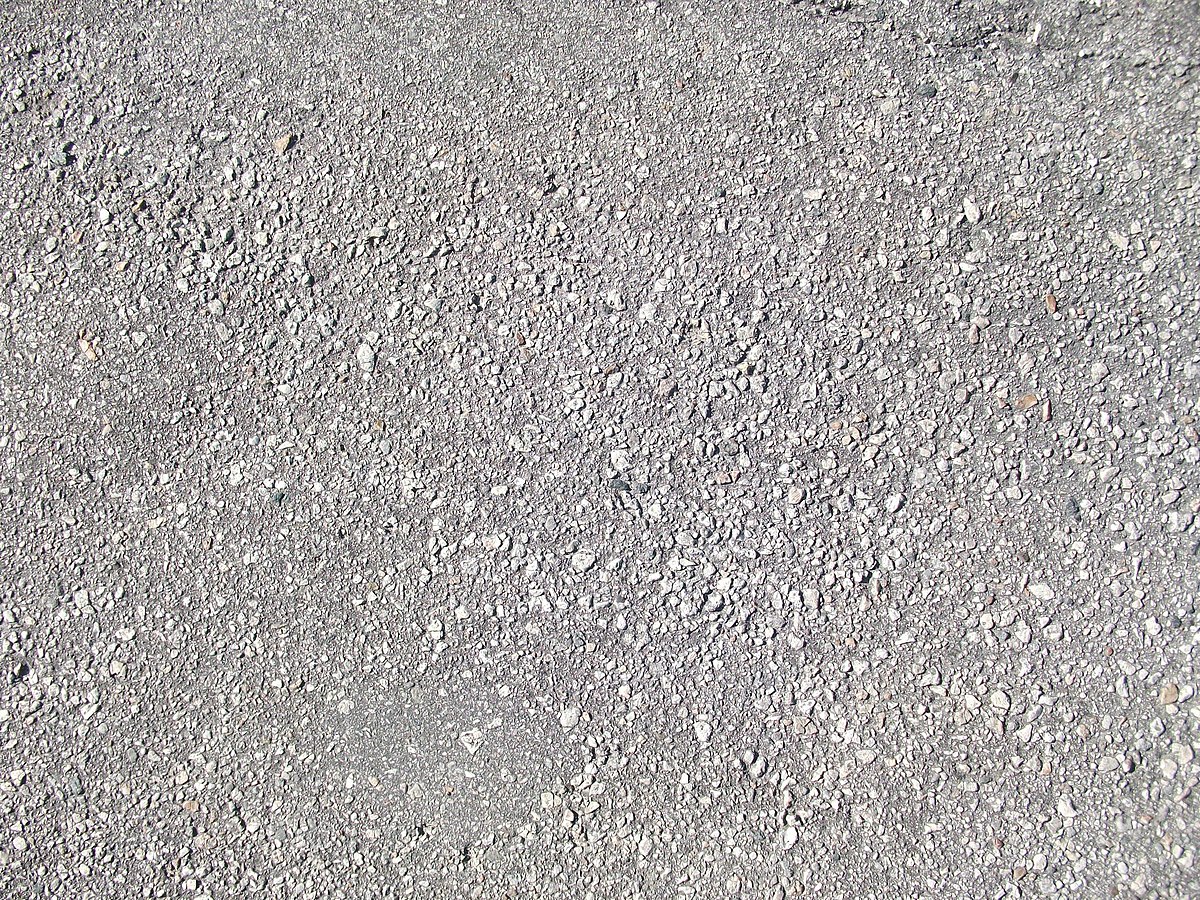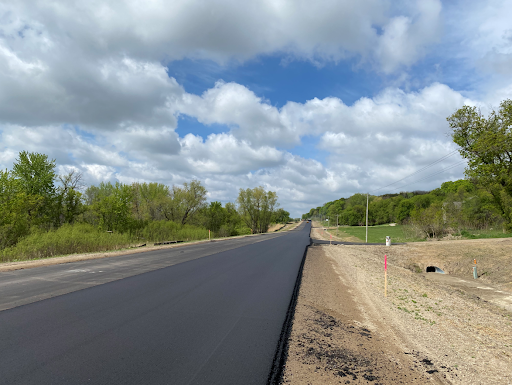Raise Visual Appeal and Capability: Hot Mix Asphalt for Regrading Projects
Raise Visual Appeal and Capability: Hot Mix Asphalt for Regrading Projects
Blog Article
Exploring the Environmental Advantages of Warm Mix Asphalt
The utilization of Hot Mix Asphalt in facilities jobs offers an engaging instance for sustainable growth and environmental stewardship. By delving into the intricate information of its manufacturing processes and the innovative usage of recycled materials, a deeper understanding arises of exactly how this modern technology surpasses mere surface area applications. The ecological advantages of Hot Mix Asphalt expand much beyond preliminary perceptions, supplying a nuanced point of view on just how this product can lead the way for a greener future.

Decreased Greenhouse Gas Emissions
The production procedure of Hot Mix Asphalt includes heating up the blend of aggregate and asphalt binder to high temperatures. By incorporating redeemed asphalt sidewalk and recycled asphalt tiles into the mix, the requirement for virgin products is decreased, leading to energy cost savings and decreased exhausts associated with removal and handling.
Researches have actually shown that Warm Mix Asphalt pavements have a smaller carbon footprint over their life cycle contrasted to other pavement choices. The toughness and recyclability of Warm Mix Asphalt better enhance its environmental benefits by minimizing the requirement for regular upkeep or substitute, consequently preserving sources and lessening discharges associated with repair activities.
Power Performance and Preservation
The manufacturing process of Warm Mix Asphalt not only lowers greenhouse gas emissions yet likewise adds considerably to energy efficiency and conservation efforts. Power efficiency is a crucial benefit of Hot Mix Asphalt production compared to various other pavement types. The longevity of Hot Mix Asphalt decreases the frequency of maintenance and restoration, leading to long-lasting power financial savings.
Sustainable Pavement Solutions

One secret facet of lasting pavement solutions is using recycled materials such as recovered asphalt pavement (RAP) and recycled asphalt shingles (RAS) By incorporating these products into the asphalt mixtures, the need for virgin sources is decreased, resulting in reduced energy consumption and greenhouse gas discharges during manufacturing. Additionally, the reuse of these materials helps divert waste from landfills, contributing to a more lasting and round economy.
Furthermore, lasting pavement solutions focus on maximizing sidewalk layout to improve efficiency and durability. Methods such as warm mix asphalt (WMA) and rock mastic asphalt (SMA) enhance the sturdiness and strength of sidewalks, decreasing the demand for frequent fixings and replacements. By applying these innovative approaches, facilities designers can develop sidewalks that not only meet high-performance criteria however likewise reduce their environmental impact.
Minimized Environmental Influence
With a concentrate on sustainability and eco-conscious methods, sidewalk options are designed to minimize the environmental effect of construction and upkeep processes. Warm mix asphalt, in specific, uses several benefits that add to reducing the overall environmental footprint of road facilities. One essential aspect is the recyclability of asphalt, which can be recycled numerous times without jeopardizing its high quality. This particular aids in preserving natural deposits and decreasing the quantity of waste sent out to landfills.
Furthermore, the production of hot mix asphalt produces reduced levels of greenhouse gases contrasted to other sidewalk materials, making it a much more ecologically pleasant option. The power effectiveness of asphalt plants has also boosted over the years, leading to minimized gas intake and reduced discharges. Furthermore, the smooth surface area of hot mix asphalt minimizes rolling resistance for cars, leading to lower gas consumption and lowered air pollution from lorry exhausts.
Payment to Climate Modification Mitigation
Warm mix asphalt plays an important duty in mitigating climate modification through its lasting properties and lowered environmental effect. One considerable payment to climate change reduction comes from the energy efficiency of warm mix asphalt manufacturing. Contrasted to various other pavement alternatives, the manufacturing procedure for warm mix asphalt takes my response in much less power and gives off reduced levels of greenhouse gases, thus reducing its overall carbon impact.
In addition, hot mix asphalt's capability to mirror sunshine, called albedo, helps in reducing urban warmth island impacts. By decreasing heat absorption and retention, hot mix asphalt pavements can decrease the need for air conditioning in city areas, as a result decreasing greenhouse gas discharges linked with energy intake for cooling functions.
Furthermore, the sturdiness and recyclability of hot mix asphalt even more improve its environment change reduction capabilities. Regrading. The lengthy life-span of asphalt pavements reduces my website the requirement for regular repair work or replacements, eventually reducing the carbon discharges linked to roadway maintenance tasks. Additionally, the recyclability of asphalt materials reduces the demand for virgin resources and lowers the ecological effect of sidewalk building, aligning with sustainable methods for environment adjustment reduction.
Conclusion
To conclude, the ecological advantages of Hot Mix Asphalt show its substantial contribution to minimizing greenhouse gas exhausts, conserving energy, and decreasing ecological effect. This lasting sidewalk remedy straightens with climate adjustment reduction efforts, advertises resource conservation, and boosts infrastructure growth. By making use of recycled materials, energy-efficient manufacturing procedures, and resilient design, Hot Mix Asphalt plays a critical function in cultivating a other more eco-friendly strategy to infrastructure building and construction.
The production process of Hot Mix Asphalt involves heating the mixture of aggregate and asphalt binder to high temperature levels. By integrating redeemed asphalt sidewalk and recycled asphalt tiles right into the mix, the need for virgin materials is minimized, leading to power cost savings and lowered exhausts linked with removal and handling.
One trick facet of sustainable pavement options is the usage of recycled products such as redeemed asphalt pavement (RAP) and recycled asphalt shingles (RAS) Strategies such as cozy mix asphalt (WMA) and rock mastic asphalt (SMA) boost the longevity and strength of pavements, reducing the requirement for constant repair work and substitutes. Compared to various other sidewalk choices, the production procedure for hot mix asphalt consumes less power and produces lower degrees of greenhouse gases, hence minimizing its total carbon impact.
Report this page